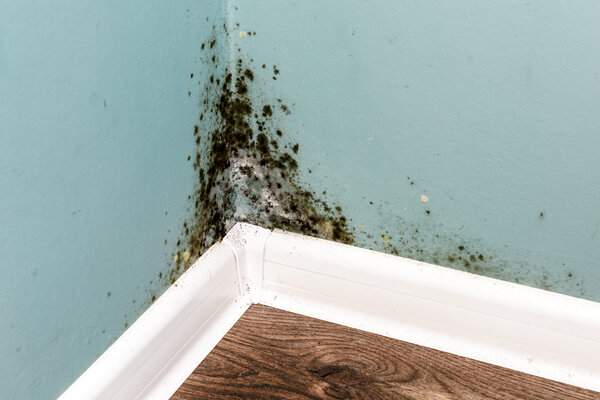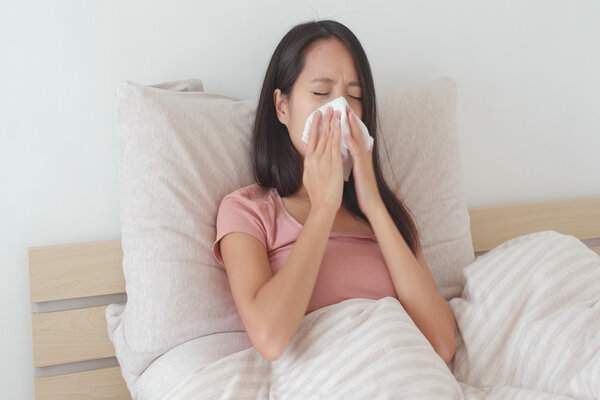Indoor Allergy Symptoms Explained: How to Reduce Your Allergies at Home
Sniffles, sneezes, unbearably itchy eyes, and a scratchy throat. No, you did not catch a common cold… you are actually experiencing indoor allergy symptoms. Unfortunately, over 50 million Americans suffer from allergies, many of which include allergies at home.
But, that’s not all. Seasonal allergies in Florida in particular may cause some unwanted trouble in paradise. As expert Florida home builders, we have some professional tips and tricks to help you say no to dreadful allergies in Florida and end indoor allergy symptoms once and for all.
Ready to put a stop to those itchy eyes and runny nose? Let’s dive right in.
What Causes Indoor Allergy Symptoms?
In general, dust mites, pet dander, and mold can all cause indoor allergy symptoms. These symptoms include:
- Itchy eyes and skin
- Asthma and other related respiratory problems
- Sore throat
- Runny nose
- Cough and wheezing


For most homes in the United States, house dust plays a huge role in the severity of indoor allergies. This is because house dust easily settles on all surfaces inside, including on top of furniture, ceiling fans, windowsills, and in fabrics. Dust can easily be taken care of with routine home cleaning.
However, when it comes to Florida, allergies at home are caused by several other environmental factors found in the state. In this next section, we will talk about indoor allergy symptoms specific to Florida and how to easily overcome them.
3 Common Allergies in Florida Homes
When it comes to the Sunshine State, the 3 most common allergies that may enter your home include mold, pollen, and insects. Here’s the good news: it’s fairly easy to get rid of these indoor allergens with these tips. First, let’s start with mold allergies in Florida.
1. Mold and Mildew
Although mold and mildew are common allergens in most homes around the U.S., Florida’s naturally wet and humid environment can increase the chance of mold growth indoors.
Here’s how to solve this problem: leak-proof your home. First, build a solid roof that doesn’t allow water to enter and dampen your ceilings. Next, seal off all windowsills to make sure small cracks don’t let rain drip in. Finally, for extra mold protection, use mold-proof wall paint to solidify the inside of your home.


Pro-tip: Invest in a dehumidifier. Quality dehumidifiers will suck excess moisture out of the air and keep your home dry and mold-free.
Are you planning to build a home in Central Florida? Start with a good foundation with Pillar Homes. As expert Florida home builders, we know how to fortify your home against mold and water damage. Now, let’s move on to the next common allergies in Florida.
2. Pollen
In Florida, several types of flowers, grass, and trees create pollen and can irritate our respiratory system. Especially during the spring and fall months, these irritants can increase ten-fold.
You may be asking yourself, “well, how do these allergies affect me inside of my house?” Let us explain.
Pollen Is Easily Tracked Into Homes
When springtime hits, the weather is usually dry and cool. Many Floridians take advantage of this and tend to open up their house to let in fresh air. And with fresh air comes fresh pollen.
Meanwhile, in the fall, wind tends to be a lot stronger in Florida. This can cause a lot of the settled pollen to be kicked up and blow onto your property. Even if you open your door for a split second, a gust of wind can carry a fine layer of pollen into your home.
So, what can you do to reduce indoor pollen levels?
How to Avoid Pollen Allergies at Home
First, seal up your home when pollen levels are at their seasonal high. If you really want to crack a window to let fresh spring air into your home, be sure to install screens on your windows to reduce the amount of pollen let in.
Next, sweep and clean your front porch, patio, and windows regularly. This will keep particle levels low and reduce the chance of pollen entering the threshold of your home.
Finally, when you walk outside, your shoes easily pick up pollen and will carry it wherever you may go. Simply take off your shoes before you go inside! It’s that easy.
Pro-tip: Place a welcome mat on your front porch to wipe off the soles of your shoes if you prefer to enter your home with your shoes on.
3. Pesky Insects
Florida is host to spectacular wildlife like deer, otter, and manatees. On the other hand, the Sunshine State is also home to a few pesky insects, including cockroaches.
Unfortunately, cockroach allergies are a very big problem throughout the United States, and there is no exception in the state of Florida. Luckily, there are simple ways to keep bugs out and reduce indoor allergy symptoms.


First, keep your home dry and clean. Bugs often breed in damp, humid locations. Next, hire a professional exterminator if you notice an increase in roach activity. This is a quick and efficient way to knock out indoor pests right away. And voila – your roach allergies are gone.
Now that you know more about common allergies in Florida and how they can enter your home, you are one step closer to allergy-proofing your home.
Indoor Allergies Remedies Start with a New Home


If you want to live in the ultimate hypoallergenic home, then here are the two best options: either buy a new construction or start from scratch and build your own allergy-proof home.
At Pillar Homes, we specialize in Florida home construction and can construct your dream home. We use quality materials to fortify your home from the inside out. For more tips and tricks on how to create a hypoallergenic home, read our blog on how to build an allergy free home.

